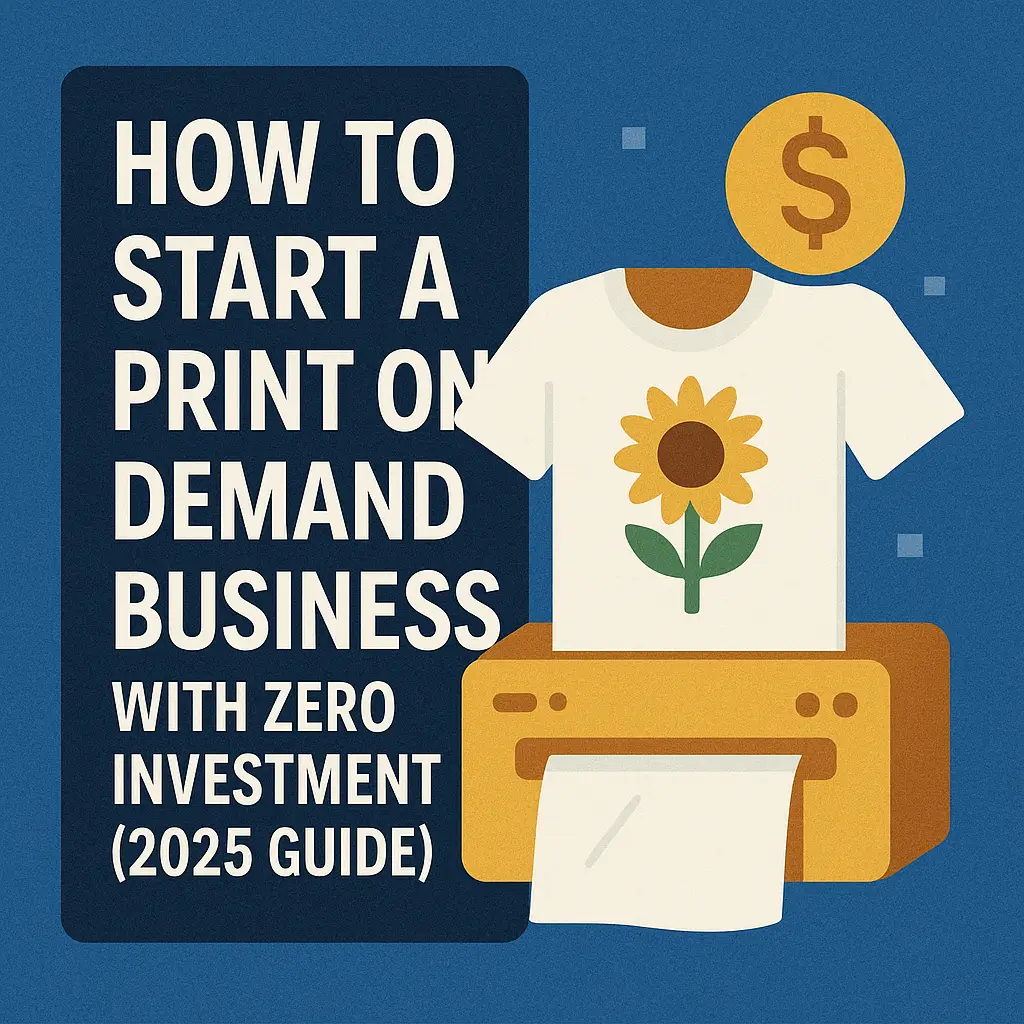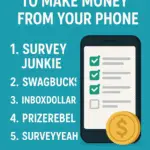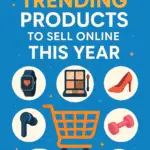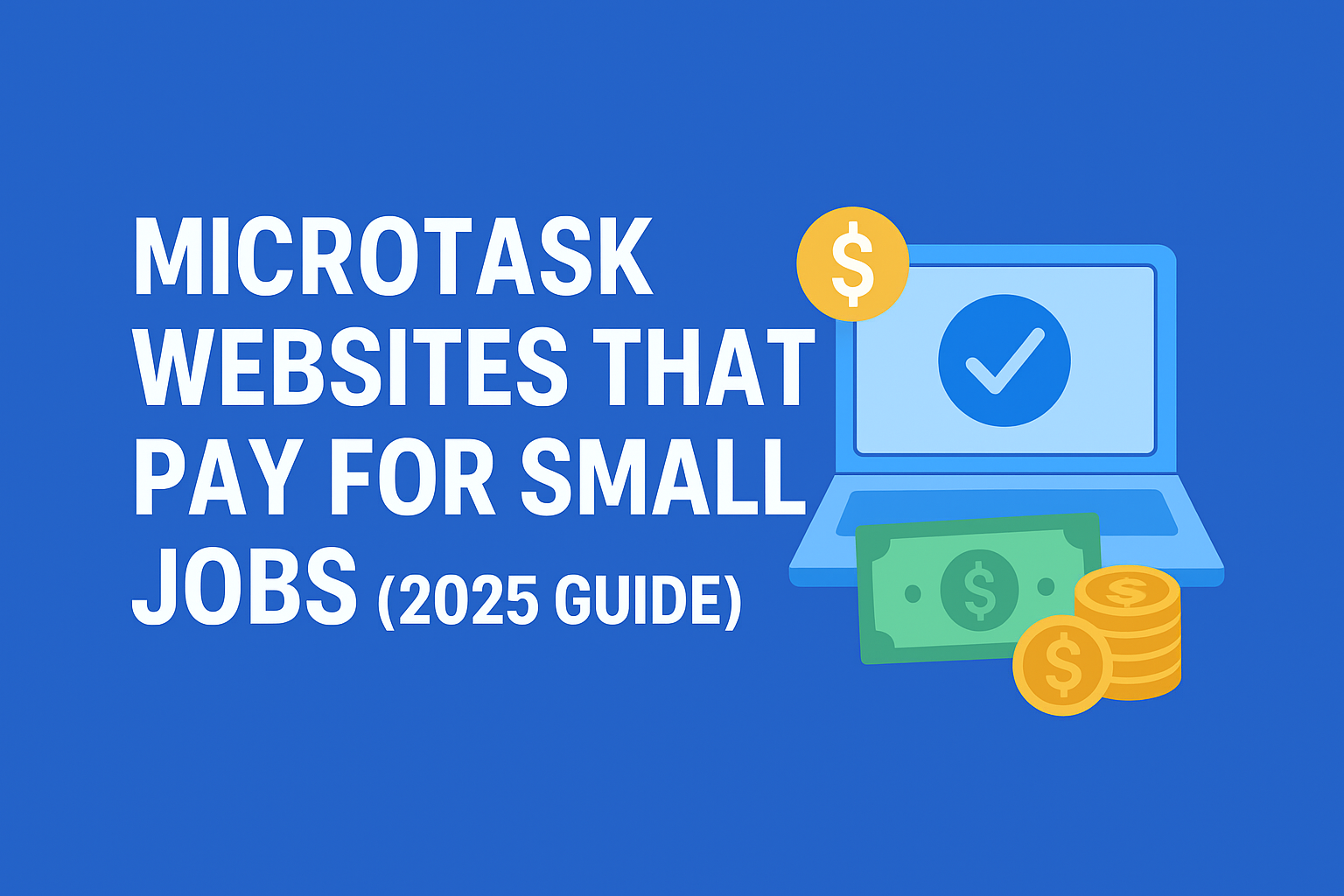Now Reading: Step-by-Step Guide to Start a Shopify Store in 2025
-
01
Step-by-Step Guide to Start a Shopify Store in 2025
Step-by-Step Guide to Start a Shopify Store in 2025

Step-by-Step Guide to Start a Shopify Store in 2025
Introduction
Who Am I? (Arham’s Journey to E-commerce)
Hi! I’m Arham, and just like all of you, I used to hope to earn money online but was clueless where to begin. Having tested the waters in e-commerce, I succeeded with Shopify—and believe me, if I was able to do that, so were you. What you are about to read is real, composed of experiences, errors, and victories that I gained over time. So, if you are just passing by or about to create your dream store, you are at the right place.
Why Shopify in 2025?
Shopify continues to be the easiest and best way to make an online store. Shopify 2025 is even improved with AI features, turbo speeds, and additional social media and payment gateway integration. It’s great for beginners and experts who won’t have to be scared off by jargon.
Understanding Shopify Basics
What is Shopify?
Shopify is a whole commerce platform upon which any one can start, run, and grow a business. It offers you everything in one place—site, payment gateway, shipping integration, analytics—
How Shopify Works?
Use Shopify as your virtual business headquarters online. You add products, select a theme (store’s look and feel), set prices, control stock, accept payments, and ship orders—all from a single control panel.
Shopify in 2025 – What’s New?
2025 has introduced:
- AI-powered product recommendations
- Seamless SEO automation
- Intelligent inventory management
- Social selling 1-click integration
Shopify is innovating at the pace like never before, making success even easier for early starts.
Planning Your Shopify Store
Selecting the Perfect Niche
Don’t attempt to sell anything to anyone. Select something you are interested in and that has market demand. Examples:
- Pet accessories
- Green products
- Fitness equipment
- Computer gadgets
Market Demand Research
Utilize tools like:
- Google Trends
- TikTok Search
- Amazon Bestsellers
This will assist you in discovering products people search for.
Creating a Business Plan Outline:
- Your niche
- Target audience
- Budget
- Marketing strategy
Having a plan keeps your efforts on target and your store in line.
Getting Started with Shopify
Signing Up for a Shopify Account
Visit Shopify.com, click “Start free trial,” and follow the instructions. No credit card required for trial.
Choosing a Plan That Fits
Plans escalate from Basic to Advanced:
- Basic: Good for beginners ($39/month)
- Shopify: Good for growing businesses
- Advanced: Good for high-volume stores
Start small, grow big.
Navigating the Shopify Dashboard
Your dashboard is the command center. You’ll find tabs like:
- Home
- Orders
- Products
- Customers
- Analytics
- Online Store
Get comfortable here—it’s where all the magic happens!
Designing Your Shopify Store
Choosing a Theme
Go to “Online Store” > “Themes.” You can:
- Use free themes such as Dawn or Craft
- Purchase premium themes for additional features and looks
Making Your Store’s Look Personal
Change your logo, color scheme, fonts, layout, and homepage banners. Make your brand look professional and identifiable.
Mobile Responsiveness & UX Tips
More than 70% of your traffic will be mobile. Ensure:
- Menus are unambiguous
- Buttons are clickable
Loading time is less than 3 seconds
Adding Products to Your Store
Writing Persuasive Product Descriptions
Write about the benefits, not the features. In a manner that’s engaging:
“Feel confident every day with our ridiculously soft, eco-friendly leggings—made to wrap around your curves and energize your day.”
Uploading Excellent Product Images
Use a minimum of 3–5 images per product. These include:
- Front view
- Back view
- Close-ups
- Lifestyle photo
Organizing Products into Collections
Organize similar products such as:
- “Summer Sale”
- “Best Sellers”
- “New Arrivals”
This enhances browsing and leads to conversions.
Setting Up Payment and Shipping
Selecting Payment Gateways
Shopify Payments (no additional fees) is ideal. Also accepts:
- PayPal
- Stripe
- Apple Pay
- Cash on Delivery (COD in specific locations)
Setting Up Shipping Rates
Flat rate or weight-based—whatever is best for your business. Provide Free Shipping above a threshold to boost average order value.
Handling Taxes and Invoicing
Shopify already does tax calculation automatically by location. Use apps such as Sufio or Invoice Falcon to handle invoicing.
Optimization for SEO & Conversion
Using Keywords
Conduct keyword research with:
- Ubersuggest
- SEMrush
- Google Keyword Planner
Insert your keywords into:
- Page titles
- Product descriptions
- Meta descriptions
- Alt tags
Product Page SEO Hacks
Use descriptive product names
- Insert internal links
- Enable breadcrumb navigation
- Build a blog for targeting long-tail keywords
Installing Must-have Apps
Best apps of 2025:
- Loox – Product Reviews
- Vitals – All-in-one optimization
- DSers – Dropshipping
- Tidio – Live Chat & Chatbot
Launching Your Shopify Store
Pre-Launch Checklist
- Test payments
- Check mobile view
- Proofread everything
- Set up email notifications
Soft Launch vs. Hard Launch
Soft Launch: Release to friends or small group
Hard Launch: Release it publically with ads, email blasts, influencers
Gathering Initial Customer Feedback
Ask:
- “What do you love?”
- “What confused you?”
Use the feedback to polish your website and products.
Marketing Your Shopify Store
Social Media Promotion
Begin with Instagram, Facebook, and TikTok. Employ:
- Reels
- Product demos
- Influencer shoutouts
Email Marketing
Create an email list using Klaviyo or Mailchimp. Send:
- Welcome emails
- Promotions
- Cart reminders
Influencer Collaborations
Contact micro-influencers. Provide them with a free product or affiliate commission for a post.
Order & Customer Service Management
Order Efficient Handling
Stay current using the Shopify Mobile App. Automate:
- Order confirmation emails
- Shipping update emails
- Thank you emails
Return Handling
Be clear on your return policy. Be respectful and reasonable—it earns trust.
Superb Customer Support
Provide support via:
- Live chat
- WhatsApp
Respond quickly—users enjoy quick responses.
Scaling Your Shopify Store
Scaling with Analytics
Track:
- Conversion rate
- Traffic sources
- Best-selling products
- Data-driven decisions to scale.
Upselling and Cross-Selling
Make use of apps like Frequently Bought Together or Bold Upsell to boost average order value.
Expanding Product Lines
Once you discover that you have traction, add additional products in your vertical or cross-product lines.
Common Missteps to Avoid
Forgetting Market Research
You’re flying blind without research. Learn about your market before investing.
Ignoring Mobile Optimization
If your store is not mobile-optimized, you’ll be losing out on a massive chunk of sales.
Not Spending Money on Marketing
“Build it and they will come” isn’t true. You need to actually market your store.
Useful Tools and Resources
Best Shopify Apps in 2025
- GemPages – Page builder
- ReConvert – Post-purchase upsells
- PushOwl – Push notifications
Free Tools for Store Owners
- Canva – Design graphics
- TinyPNG – Compress images
- AnswerThePublic – Content ideas
Where to Learn More
- Shopify Blog
- YouTube Channels (Oberlo, Wholesale Ted)
- Podcasts (Shopify Masters, My Wife Quit Her Job)
Conclusion
It has never been simpler to create a Shopify store in 2025. You are part-time or full-time business, but assistance and advice are at your doorstep. I was new to it all, but through continuous learning, experimenting, and tuning, I converted idea into profitability. You can do it too. Duplicate this book, implement it, and your store will thrive online.
FAQs
1. How much does it cost to open a Shopify store in 2025?
It’s $39/month (Basic Plan), plus domain and app charges if you want.
2. Do you require inventory for a Shopify store?
Yes! You can utilize dropshipping suppliers such as DSers or print-on-demand sites.
3. Do you require coding skills to open a Shopify store?
Heck no! Shopify is drag-and-drop easy, complete with pre-designed templates.
4. How long until you sell?
Depends. Return on marketing, and some stores sell out within a week, some within a month, or even longer than that.
5. Is Shopify money well spent in 2025?
Yes. It’s constantly being updated with AI refreshes and features that keep you one step ahead of your game.





























